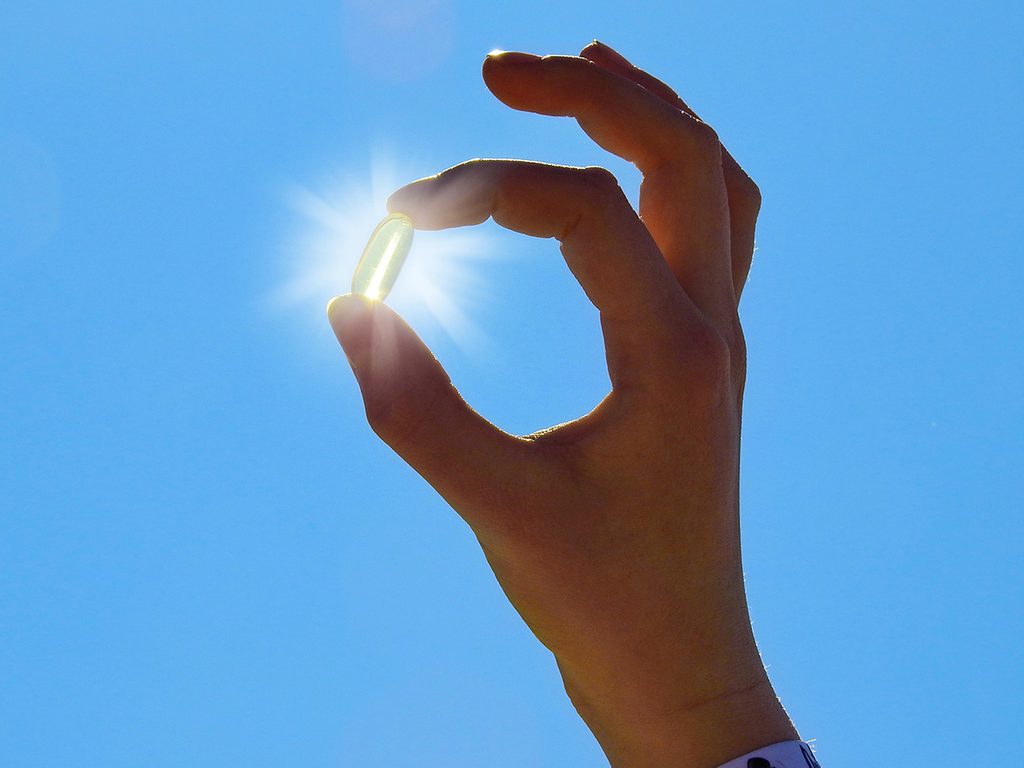Are You Getting Enough Vitamin D?

As the days get shorter, how can you tell if you’re getting enough of the sunshine vitamin?
As the days grow shorter and the possibility of another lockdown hangs over us, many people are turning to vitamin D supplements as an easy way to make up for the lack of sunshine. Healthy levels of the vitamin help prevent osteoporosis and fractures. Low amounts may be associated with a higher risk of heart attacks and stroke. (More research on this link is needed. It may be that low levels of vitamin D are reflective of general poor health.) But how do you know if you’re actually deficient? It’s not an easy calculation.
Skin tone and age make a difference
Melanin and age factor into how much vitamin D your body makes. The darker your skin, the more difficult it is to get vitamin D from the sun (one of the main delivery mechanisms), and the older you are, the less able your body is to produce the “sunshine vitamin.” Populations that are particularly at risk of deficiency include Black people, northern Indigenous people, people of colour, people who are obese, pregnant women, children and newborns.
Geography also plays a part
Unless you had next to no sun exposure this summer or you live in a high-latitude area (a study spanning six years found those living at a latitude of 53 degrees north and higher, such as in Edmonton, were at pronounced risk), you likely have sufficient stores heading into the fall. Vitamin D is stored in our fat tissue and has an average lifetime of two months.
Being deficient isn’t a given
According to Statistics Canada, a little more than two-thirds of Canadians have healthy vitamin D levels. The rest are below the cut-off point, 10 percent of whom are deficient.
(Related: 5 Myths and Truths About Vitamin D)
And there’s no one definition of “deficiency”
There are different ranges of mild, moderate or severe vitamin D deficiency, says Dr. Olivia Okereke of the Massachusetts General Hospital Psychiatry Department. “Your vitamin D level has lots to do with your individual circumstances: other medical conditions you have, your age, your skin type, how much exercise or time outdoors you get. There are so many other potential risk factors for low vitamin D. It’s more important to be in touch with your doctor to know what’s applicable to you.”
A test and talking with your doctor are your best bets
As unsatisfying as it might be, there’s no clear way to know by yourself what your vitamin D status is, says Okereke. “You might guess that it’s adequate, and it might be inadequate,” she says. “Vitamin D can be measured through a 25-hydroxy vitamin D test, but it’s not the only marker of vitamin D status.”
Now that you know if you’re getting enough vitamin D, learn if you should take a supplement or soak up the sun’s rays.




